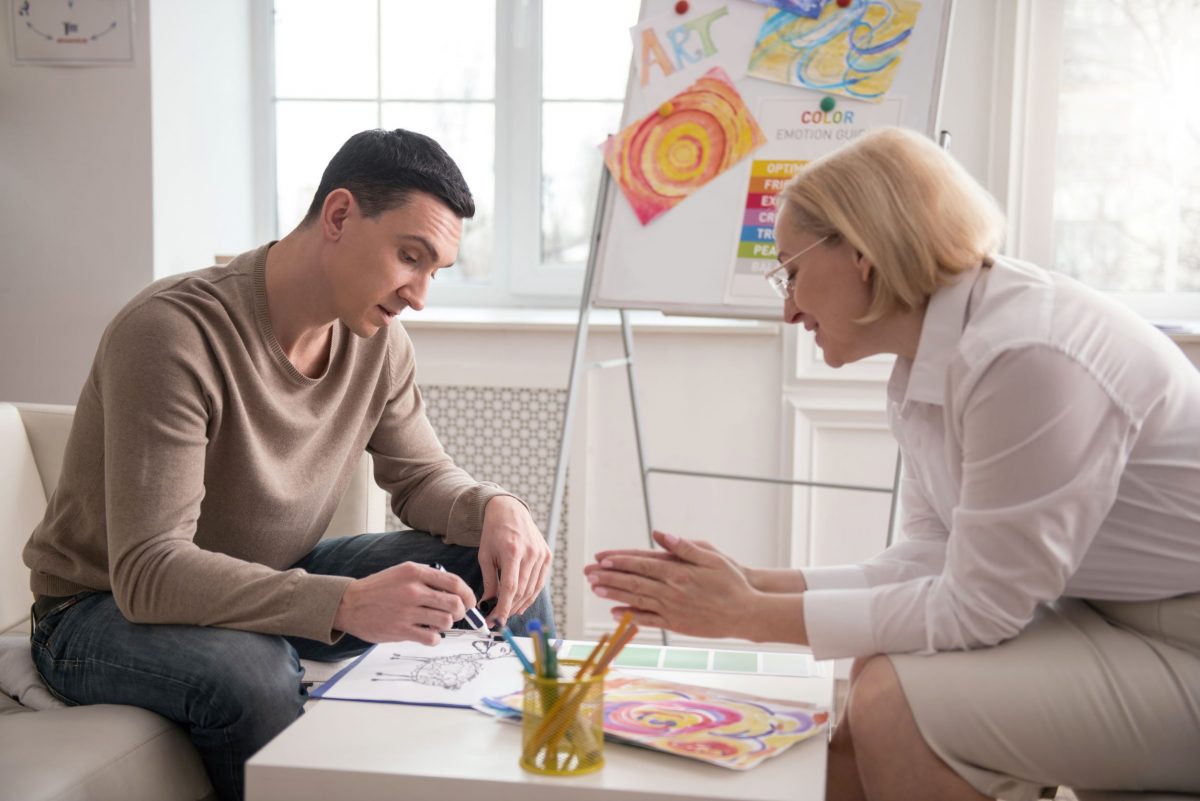The diagnosis of autism can be a complex and emotional process. Various methods can be used to diagnose autism, and it is crucial to work with a professional who is experienced in diagnosing the condition. The diagnosis process can be long and complex, but it is essential to get an accurate diagnosis so your child can get the help and support they need (Hyman et al., 2020). After diagnosis, various support services and therapies can be accessed to help your child. The first step in diagnosing autism is to rule out any other possible conditions. This can be done through a developmental assessment, which looks at your child’s development and milestones. Autism can sometimes be mistaken for other conditions, such as ADHD or sensory processing disorder, so it is crucial to get a thorough assessment. Suppose your child is found to have autism (Hyman et al., 2020). In that case, they will be diagnosed using one of the three main diagnostic criteria: the Autism Diagnostic Interview-Revised, the Autism Diagnostic Observation Schedule, or the Diagnostic and Statistical Manual of Mental Disorders. The article discusses the different methods of diagnosis, what the diagnosis process is like, what to expect after diagnosis and how to get help.
The different methods of diagnosis
When it comes to diagnosing autism spectrum disorder in children, there are a few methods that can be used. The first method is a physical examination that includes observing the child’s behavior and development. This examination is usually done by a doctor or psychologist who is trained in diagnosing Autistic disorders. During this examination, the doctor or psychologist will look for specific behaviors associated with Autistic disorder, such as difficulty in communication, problem in social interactions, and certain repetitive behaviors. The second method uses diagnostic tools such as the Autism Diagnostic Observation Schedule (ADOS) and the Autism Diagnostic Interview-Revised (ADI-R). These types of equipment are designed to help identify Autistic disorders in children and are used by trained professionals.
During these tests, the doctor or psychologist will ask questions about the child’s behaviors, social interaction, and communication skills (Barbaresi et al., 2022). The third method is the use of genetic testing. This includes taking a sample of the child’s blood and looking for genetic markers associated with Autistic disorder. This type of testing is not always necessary and is usually used if there is a family history of the condition or if the child has specific physical characteristics associated with Autistic disorder.
What the diagnosis process is like?
The diagnosis process for Autistic disorder typically begins with an assessment of the child’s behavior and development. This assessment is done by a doctor or psychologist who is trained in diagnosing Autistic disorders. During this assessment, the doctor or psychologist will look for specific behaviors associated with Autistic disorder, such as difficulty in communication, social interaction problems, and certain repetitive behaviors. After the initial assessment, the doctor or psychologist may use diagnostic tools such as the ADOS and the ADI-R to evaluate the child’s behavior and development further.
These tools are designed to help identify Autistic disorders in children and are used by trained professionals. During these tests, the doctor or psychologist will ask questions about the child’s behavior, social interaction, and communication skills (Barbaresi et al., 2022). The doctor or psychologist may also use genetic testing to look for genetic markers associated with Autistic disorder. This type of testing is not always necessary and is usually used if there is a family history of the condition or if the child has specific physical characteristics associated with Autistic disorder.
What to expect after the diagnosis?
After the diagnosis of Autistic disorder has been made, it is essential to know what to expect. Firstly, it is crucial to understand that Autistic condition is a lifelong disorder, and there is currently no cure. However, many treatments and therapies can help children with Autistic disorder to manage their symptoms and lead more fulfilling lives. It is also essential to understand that each child with an Autistic disorder is unique and will need a personalized treatment plan to address their individual needs (Hyman et al., 2020). For example, some children may benefit from occupational therapy to help with everyday tasks, while others may need speech therapy to help them with communication.
Finally, it is essential to remember that Autistic disorder can be a complicated and overwhelming condition for the child and their family. It is vital to seek out support and resources to help
manage the disease, such as joining a support group for parents of children with Autistic disorder. Additionally, it is essential to remember that each child is unique and that they can lead fulfilling and meaningful lives with the proper support and treatment.
How to get help after diagnosis
After a diagnosis of Autistic disorder has been made, it is crucial to seek out help and resources to help manage the condition. The first step is to talk to the doctor or psychologist who diagnosed the child to understand what treatments and therapies may benefit the child. This might involve occupational treatment to assist with daily duties, psychotherapy to assist with communication, or behavioral therapy to help with managing symptoms (Sharma et al., 2018). It is also essential to seek out support and resources from other parents of children with Autistic disorders. Joining a support group for parents of children with Autistic disorder can be a great way to connect with others dealing with similar issues and get advice and tips on how to manage the condition. Additionally, many online resources and support networks are available to help parents of children with Autistic disorders.
Finally, it is essential to remember that Autistic disorder is a lifelong condition, and there is no one-size-fixed-all solution. It is essential to seek out the right treatments and therapies to help the child manage their symptoms and lead a more fulfilling life. Additionally, it is essential to remember that each child is unique and that they can lead meaningful and fulfilling lives with the proper support and treatment.
Conclusion
After diagnosis, it is crucial to seek out support and services for your child. There is a range of different therapies and interventions that can be efficient in helping individuals with autism to develop and learn new skills. Applied behavior analysis is one of the most well-known and evidence-based therapies for autism and can be very effective in helping children to develop social and communication skills (Sharma et al., 2018). Several other therapies can be helpful, such as speech therapy, occupational therapy, and social skills training. If you think your child may be showing signs of autism, you must speak to your doctor or a developmental pediatrician. They will be able to assess your child and provide a diagnosis if necessary. There is no single “cure” for autism, but with the proper support and intervention, children with the condition can lead happy and fulfilling lives.
Reference
Barbaresi, W., Cacia, J., Friedman, S., Fussell, J., Hansen, R., Hofer, J., … & Sideridis, G. (2022). Clinician Diagnostic Certainty and the Role of the Autism Diagnostic Observation Schedule in Autism Spectrum Disorder Diagnosis in Young Children. JAMA pediatrics.
Hyman, S. L., Levy, S. E., Myers, S. M., Kuo, D. Z., Apkon, S., Davidson, L. F., … & Bridgemohan, C. (2020). Identification, evaluation, and management of children with autism spectrum disorder. Pediatrics, 145(1).
Sharma, S. R., Gonda, X., & Tarazi, F. I. (2018). Autism spectrum disorder: classification, diagnosis and therapy. Pharmacology & therapeutics, 190, 91-104.









